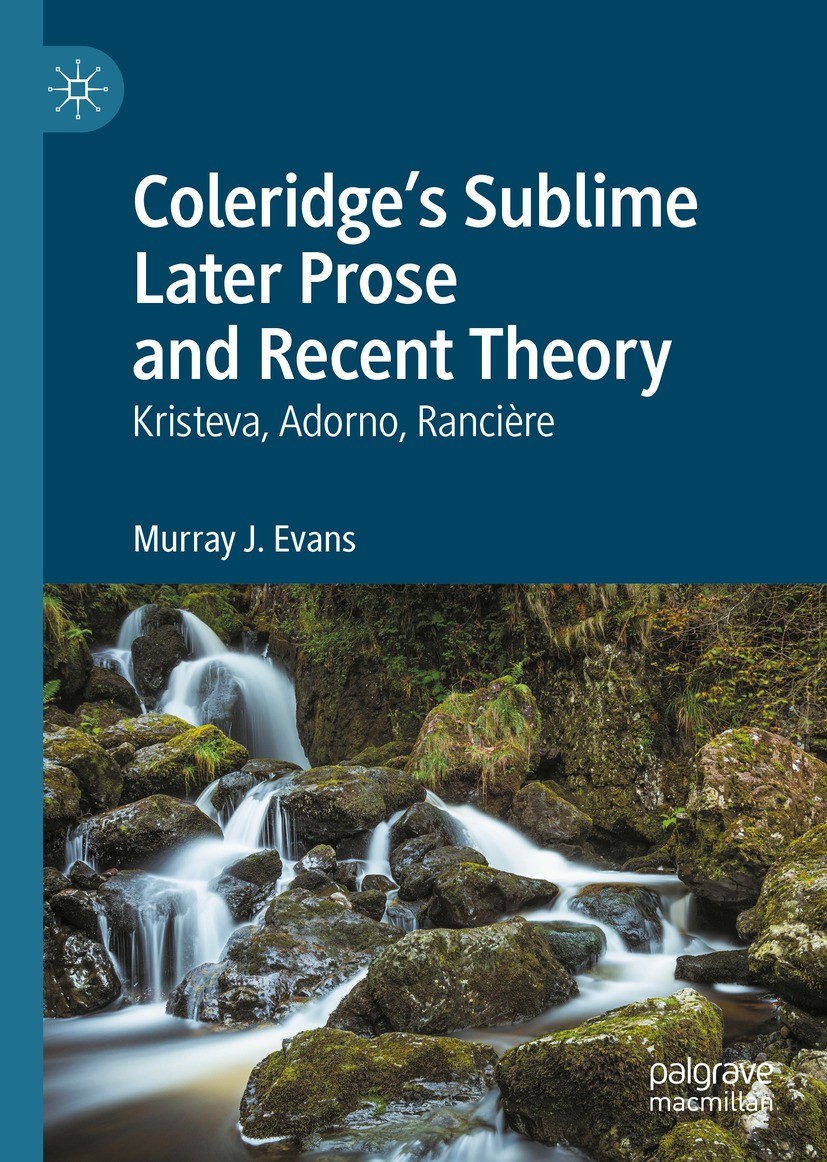This is one of the most discussed poems in English literature―probably because it it yields up any meaning it might have with considerable reluctance. It began, like its predecessor, The Wanderings of Cain, as a joint production with Wordsworth to ‘defray the expenses of a walking tour’—and its intended money-spinning, light-hearted origin fell in with contemporary gothic fashion, largely removed in the second edition. Should one simply enjoy the rollicking plot, take it as his contemporaries first did — ‘a drunken dream’, a poem of ‘delirium, confounding its own dream imagery with external things’, or attend upon its potential signficance? Why not take it as a poem of pure imagination? Why should it mean anything? Because Coleridge happened to mention what it meant on a mountain in Germany. Fortunately, perhaps, all Clement Carlyon recorded was the fact of the conversation, not its substance. There are hints of meaning in the poem, more in the gloss, and the standard reading, with many variants, is that of a poem of redemption; but there are so many complicating factors, that such a reading is always reductive, and finally tends to a method of not reading. Our advice is, Enjoy the story, enjoy the richness and variety of all the imagery, and the tales within the tale; and if you are wondering what it is all about, think that it is probably a poetic version of the kind of question Coleridge asked himself all his life: what is the relationship between man, God and nature? What does it mean to be in the world? PW 161; originally 1798, this version 1800
Poetry and Prose
A selection of Coleridge's poems
Samuel Taylor Coleridge wrote some of the best known poems in the language – Kubla Khan, The Rime of the Ancient Mariner, Christabel, Frost at Midnight. His brief but unique collaboration with William Wordsworth produced Lyrical Ballads (1798); these poems presented new kinds of subject matter in a new way of writing, ‘the real language of men in a state of vivid sensation’, as Wordsworth put it, which helped to break the mould of the stiff, formal classicism of the 18th century, marking the beginning of the Romantic movement.
Relatively little of Coleridge’s work was published in his lifetime. Now, at last all in print, his collected works, his notebooks and his letters take up yards of library shelving. Unlike Wordsworth, Coleridge was not a professional poet. That is, he did not consider his primary task to be the writing of poetry: both by reputation and instinct, he was a philosopher first. He had epic ambitions (largely unrealised), but most of his poetry was unplanned and incidental. He himself treated it as such, though after the publication of his collected poetry we can now see it as a more coherent whole.
Coleridge had no such sense of his work, and mocked himself in the title of his first collected edition, Sybilline Leaves (1817) – he saw his poems as the leaves of prophecy scattered by the sybil on the winds of time. However, he did become a major poet, if only for a handful of poems. Those given below include the best-loved and best-known, and also represent the full range of his work, from his earliest to his latest. Despite his difficulties, to the end of his life Coleridge’s poetry bears witness to his spontaneous delight in the world around him.
This Lime-tree Bower my Prison (1797)
This extract from a letter explains the context of the poem: ‘Charles Lamb has been with me for a week―he left me Friday morning.― / The second day after Wordsworth came to me, dear Sara accidently emptied a skillet of boiling milk on my foot, which confined me during the whole time of C. Lamb's stay & still prevents me from all walks longer than a furlong.― While Wordsworth, his Sister, & C. Lamb were out one evening; / sitting in the arbour of T. Poole's garden, which communicates with mine, I wrote these lines, with which I am pleased―’. CL I 334; PW 156; July(?) 1797
Genevieve (1789-90)
‘Genevieve’ was probably Jenny Edwards, the daughter of a school matron in Christ’s Hospital. Coleridge was in the sick ward for most of 1789, when he would have seen her regularly.
On Presenting a Moss Rose to Miss F Nesbitt (1796)
Coleridge became a mild rake at Cambridge, and in the summer holidays returned to Ottery to flirt with local belles, writing them subliminally erotic verses. Nor did he present them to just one beauty; the original addressee of this was Angelina, and later, Sara Fricker, Coleridge adapting lines to suit the occasion―so line 12 became ‘On spotless SARA'S breast.’ PW 56; 1793
The Eolian Harp: composed August 20th 1795 at Clevedon, Somersetshire
A favourite poem of Coleridge’s, and one he worked on almost all his life. He is writing about his honeymoon cottage. He and Sara Fricker married in October, but this poem suggests they were domesticating earlier in the year. For the poem’s genesis, see Paul Cheshire, Coleridge Bulletin 17. The poem is packed tight with lines of thought Coleridge will both develop and reject in later years. PW 115





